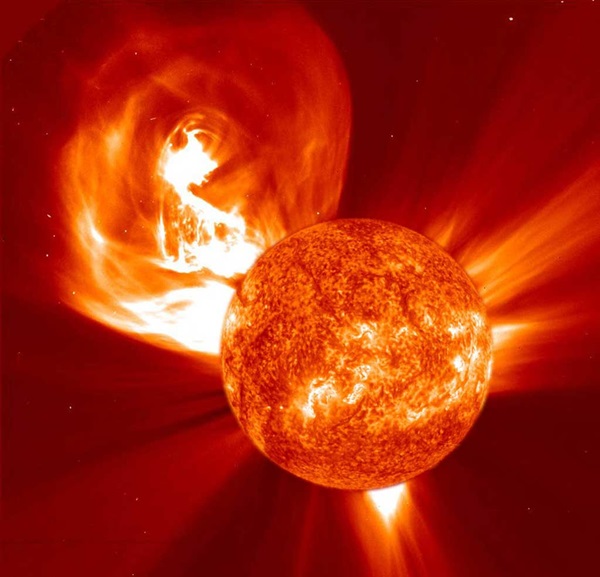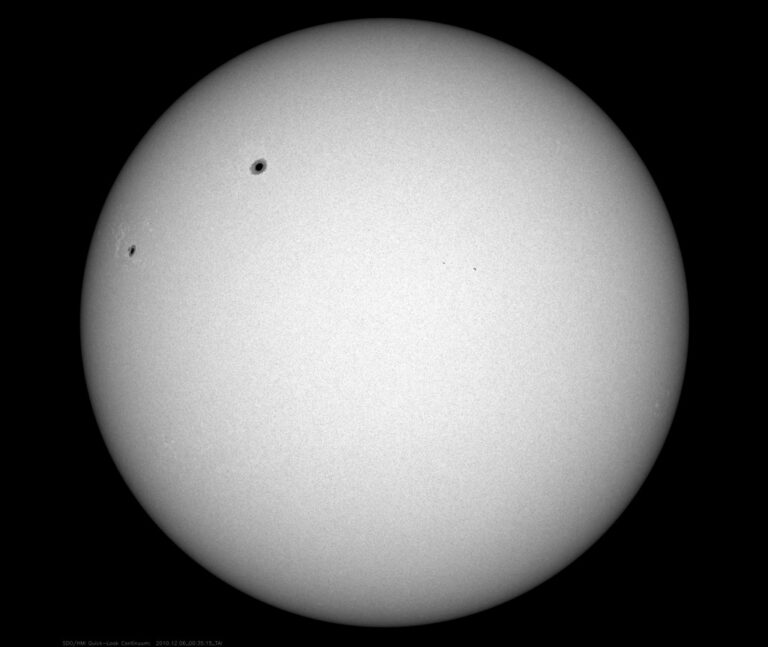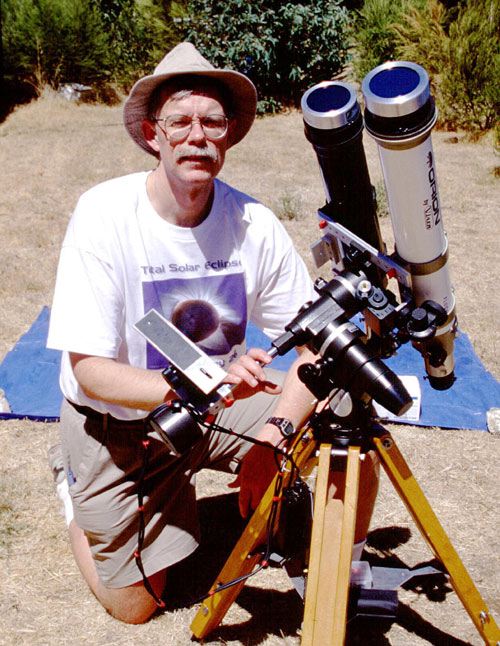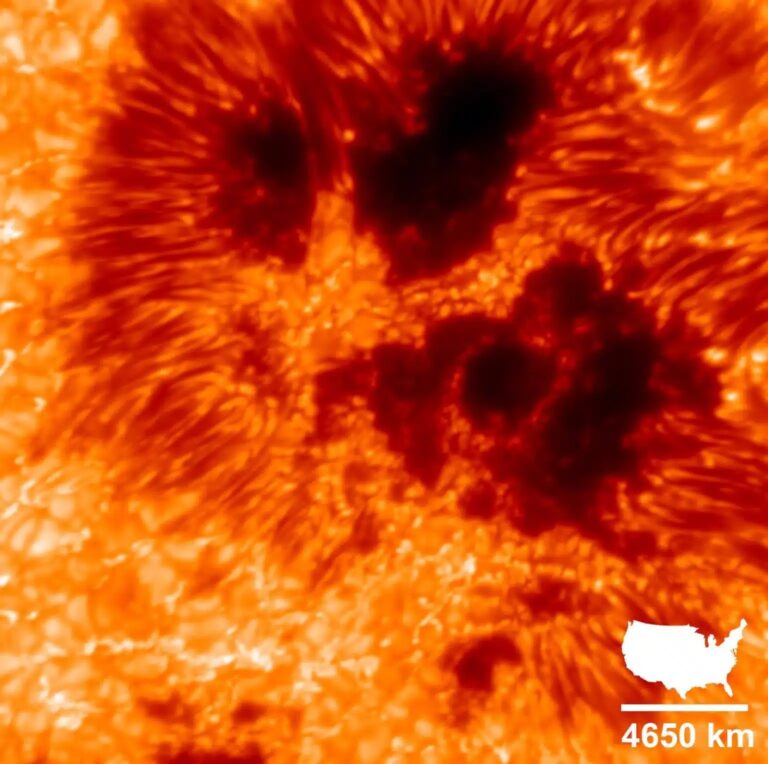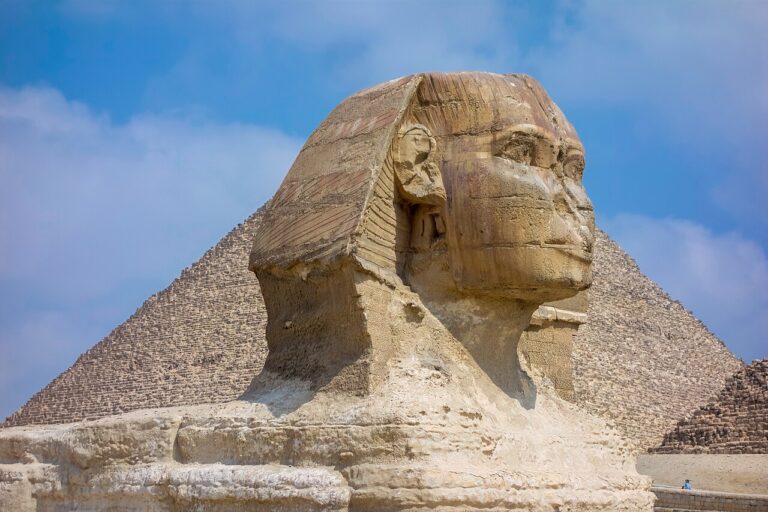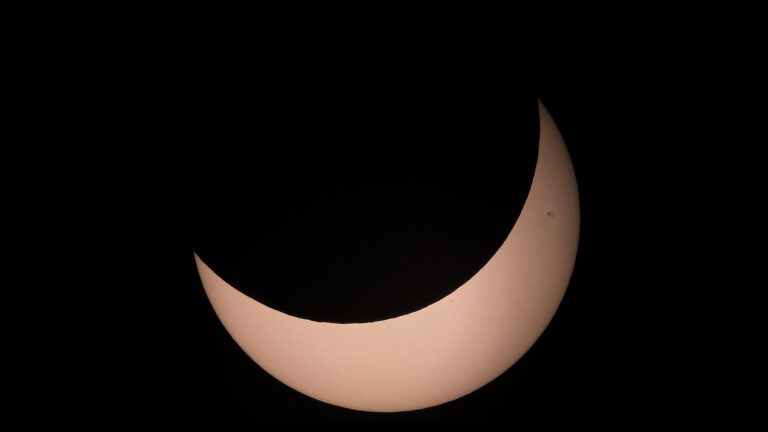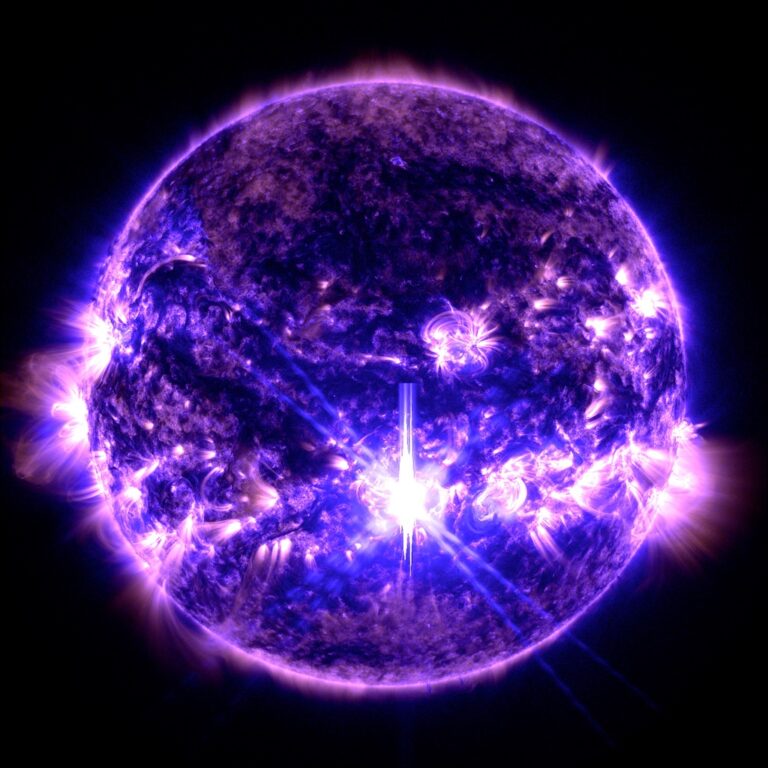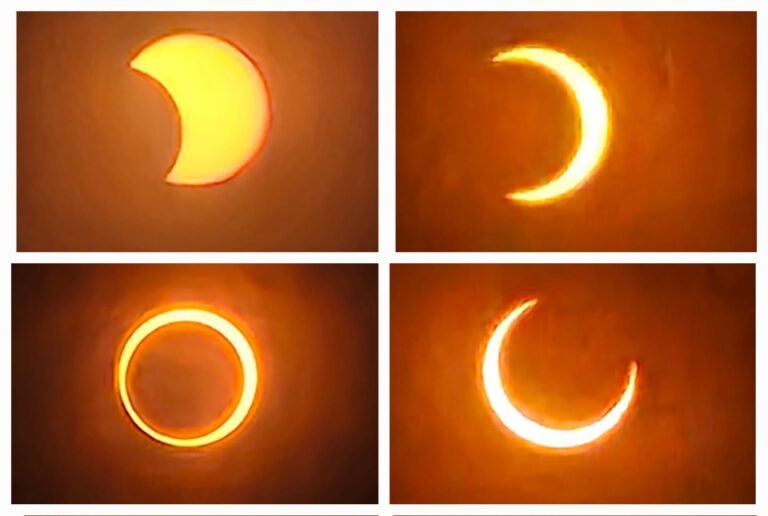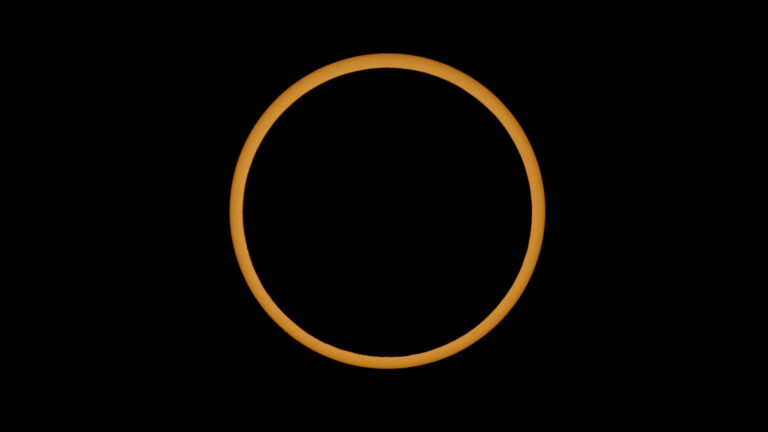Key Takeaways:
- Coronal Mass Ejections (CMEs) are explosive events resulting from the interaction between solar plasma and magnetic fields, causing a release of radiation and material.
- While CMEs are energetic, their impact on the Sun's motion within the Milky Way galaxy is negligible due to the small force exerted.
- CMEs significantly affect the solar wind, potentially altering its flow and increasing radiation exposure to planets and satellites within their path.
- Although CMEs cause temporary disturbances within the heliosphere, these events do not permanently alter the overall space environment of the solar system.
Although CMEs are incredibly energetic, the force they exert on the Sun is small; therefore, they have no measurable effect on our star’s movement through the Milky Way Galaxy. This type of explosion is inherently different from an ejection of a solid object, like a bullet, from another solid object, like a gun, which produces significant recoil.
The solar wind shapes the boundary of our solar system, and we call this region the heliosphere. CMEs, which travel far (sometimes to the edge of the solar system), can perturb the relatively consistent flow of the Sun’s wind as they pass by. During a CME’s long journey through interplanetary space, it can provide a higher dose of radiation than normal to objects, such as planets and satellites, that lie in its path.
CMEs perturb our solar system in those ways, but these local, short-term disturbances do not permanently change the space environment. The Sun is extremely dynamic, and its domain is vast; because our solar system is susceptible to the Sun’s variations, there is an entire scientific field, called space weather, dedicated to studying such phenomena.
NASA’s Goddard Space Flight
Center, Greenbelt, Maryland

